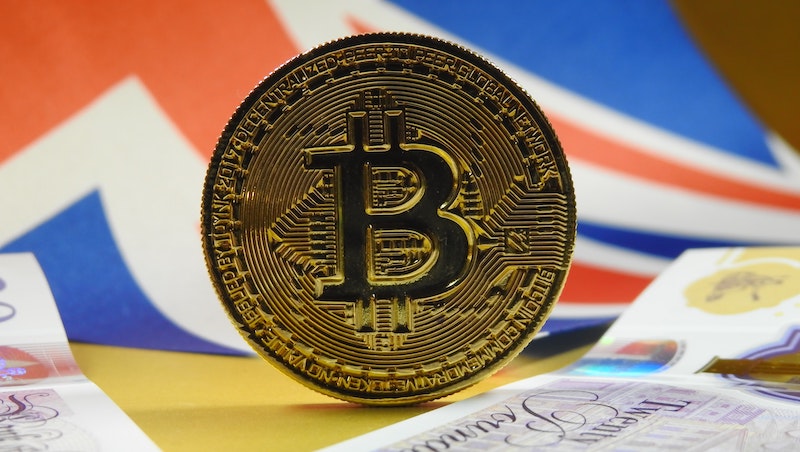By Darius McDermott, managing director of FundCalibre
Gold is often thought of as a “guns and beans” investment, something to plough into when it looks like the world is heading to hell in a handcart. But what if the ultimate safe haven asset doesn’t look that safe either?
Global economic conditions have certainly been less than stable of late. So, gold should be in demand. Yet, according to the Royal Mint, over the last six months the price of gold has fallen from £1,556.56 in March 2022 to £1,533.49 on 13 September 2023.
What’s going on is the current choppy environment is being driven by record high inflation and subsequent fast and furious hikes in interest rates, which, when coming from the US in particular, are not good for the gold price.
See also: “CIO Philipp Bärtschi: Why we are overweight alternatives and gold“
The US 10-year real interest rate has risen 150 basis points over the last year to its highest level since 2009 – a major headwind for gold. A strong US dollar and strong performances from key equity markets have also not helped the precious metal.
But conditions are changing, and the shine could be coming back.
George Cheveley, manager of the Ninety One Global Gold fund explains: “Gold prices have been held back by Fed rate rises for the past 18 months. With the prospect of the Fed pausing and even beginning to reduce rates getting closer, gold becomes increasingly attractive.”
Geopolitical tensions have already encouraged many central banks to increase their gold holdings, partly to diversify away from the US dollar into an asset that can be held domestically – which is why we haven’t seen the gold price fall through the floor even in otherwise less than ideal conditions.
See also: “Darius McDermott: Four routes to tap into an emerging market rebound“
Ned Naylor-Leyland, manager of the Jupiter Gold & Silver fund, points out over the last 12 months, “central banks have purchased 1,200 tonnes of gold”, with China the biggest buyer this year (adding 126 tonnes).
But the key tailwind for the asset class will likely come towards the end of this year and into 2024, from a shift in both monetary policy and from western investors, says Ned.
“Bond market pricing suggests we could be getting close to a peak terminal rate in the US, with inflation starting to come down, albeit staying structurally above the Fed’s 2% target.
“The likelihood of a 1970’s style ‘stagflation’ appears to be increasing. This has historically been one of the best environments for gold and silver,” he continued.
Ninety One’s George Cheveley agrees: “With global growth slowing and peaks in rate cycles in sight, the risks to gold prices are skewed to the upside.”
Gold usually performs very well at the onset of a recession where investors look to gold as a durable wealth preserver.
See also: “A new dawn for gold, or will it lose its shine again when inflation subsides?“
As Georges Lequime, co-manager of the TB Amati Strategic Metals fund, points out: “Gold is best suited as a recession hedge, with an average performance of 10.6% throughout the recession, when equities and commodities have a negative performance.”
Gold also exhibits a low correlation to stocks and bonds, making it an effective portfolio diversifier for managing risk, and the precious metal has offered strong protection in past recessions and acute market sell-offs.
“Many western investors remain severely under-allocated to gold from a historical perspective and the current speculative positioning is near all-time low with regards to net long gold positioning,” says Georges.
“This suggests a strong tailwind for gold in an environment where risky assets start to underperform,” he says.
The performance of gold-focused equities is highly correlated to the directional move in the price of gold. With investor sentiment being this low, gold shares are trading at or close to the bottom of their historic trading ranges, creating an opportunity.
“This is especially true when we look at the mid-tier and developers that traditionally come with more risk for shareholders,” says Georges.
However, gold’s diversification benefits must be appropriately weighed against intermittent periods of sharp short-term declines gold can experience.
“Overall, maintaining some prudent exposure to gold still makes sense for investors, but excessive overallocation can pose risks if gold sharply underperforms certain markets,” says Georges.
I agree. Finding the right balance is key to optimally harness its diversification power.











